Memes and meaning: It’s about all of us
“Meme culture” is something Generation Z has immersed themselves in, but do they really know what they’re talking about?
June 5, 2020
Note: This piece was submitted to the New York Times Student Editorial Contest, and has been chosen as a semifinalist: the article is one of 100 remaining out of 7,000 entries to be chosen as one of this year’s winners.
To the outside eye, meme culture may look like a waste of time endemic to Gen Z, some inside-joke-hopscotch among millions. But I implore you to look a little further. Because this phenomenon is about all of us, about how we tick and move society. Simply put, memes serve as our cultural barometers.
The term was coined in 1976 by evolutionary biologist Richard Dawkins, who opined that just as species evolve through genetic mutation, cultures are moved forward by ever-shifting cultural units– ideas– that he called “memes.” Memes in such a context range from slang to song, from historic event to satirical social commentary.
While many people dismiss memes as meaningless online jokes, this content, too, aligns with the original Dawkinsian definition. Consider the recent image of President Trump playing the violin amidst the “inevitable” current corona crisis. Reminiscent of Nero fiddling as Rome burned, the caption read, “My next piece is called Nothing Can Stop What’s Coming”. Trump retweeted the meme, misinterpreting the intended satire of his leadership as a joke about liberal panic. The disparity in interpretation of this simple cartoon reflects America’s partisan zeitgeist. Even through the inane, the people had spoken– with two completely different perceptions of reality.
Memes not only reflect culture; they can move it. They not only have the capacity to be silly, but heroic, tragic, and consequential.
Six years prior, street vendor Muhammed Bouazizi set himself on fire in protest of the oppressive Tunesian regime. The sheer desperation of his act was just one tile in the larger mosaic of a repressed Tunesian longing for freedom.
It was, so to speak, a unit of culture.
News of Bouazizi’s self-immolation spread among the similarly dissatisfied Arab youth through social media; his gesture sparked an outrage that ignited protests in Algeria, Egypt, Jordan, and Yemen. The resulting social movement, known as the Arab Spring, was itself both reflected in and propelled by online content. “We use Facebook to schedule the protests,” announced an Egyptian activist. “and [we use] Twitter to coordinate, and YouTube to tell the world.”
While the movement itself was short lived, the Arab Spring resulted in the ousting of Tunesian president Zine El Abidine Ben Ali and the reforms of other governments throughout North Africa and the Middle East.
A single act, a single idea, a single cultural unit had the capacity to spark an entire ideological revolution and change the course of history.
So the next time you see someone on their phone in the subway, hear a joke between kids that you don’t understand, don’t lament how the youth is stifling its own future; we’re engaging in the very process that paves it.




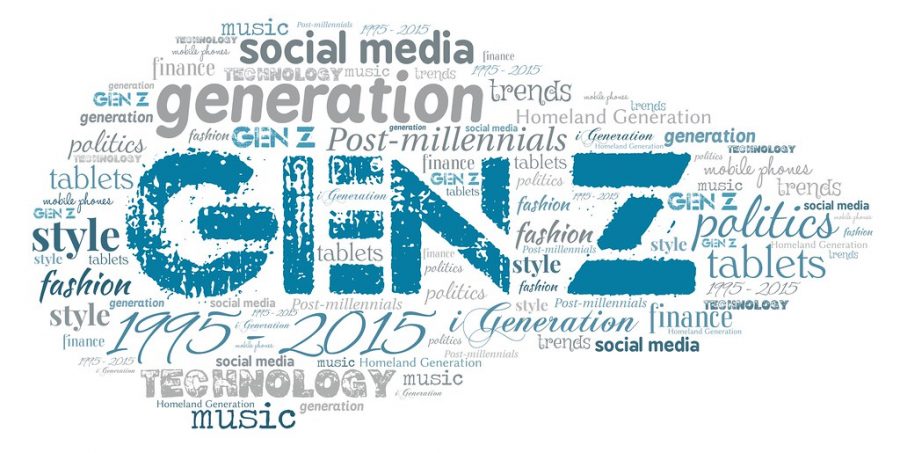

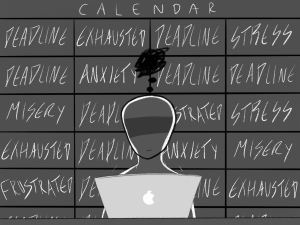










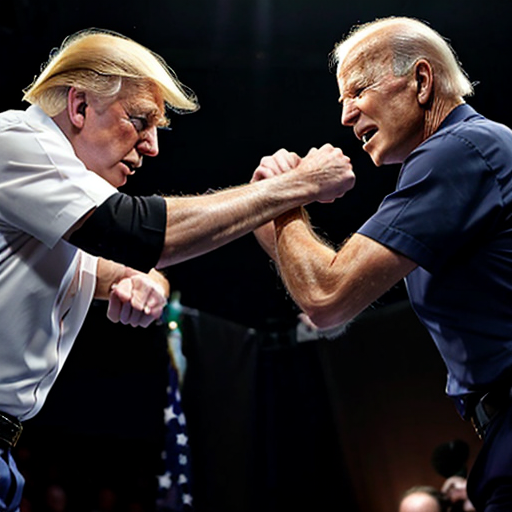
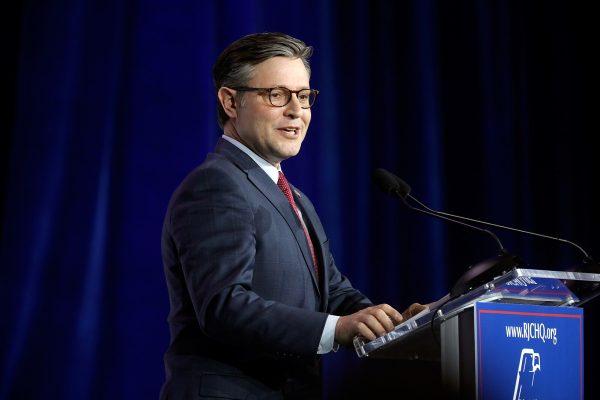
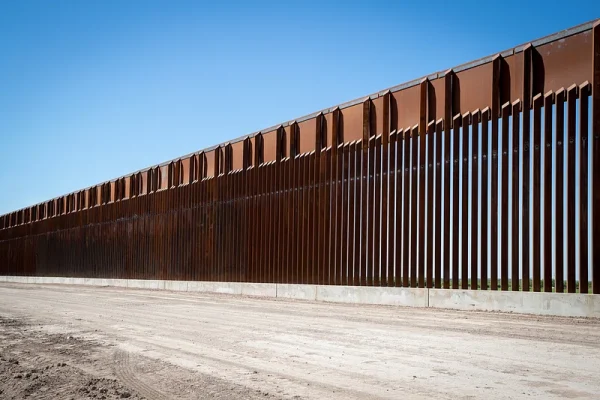


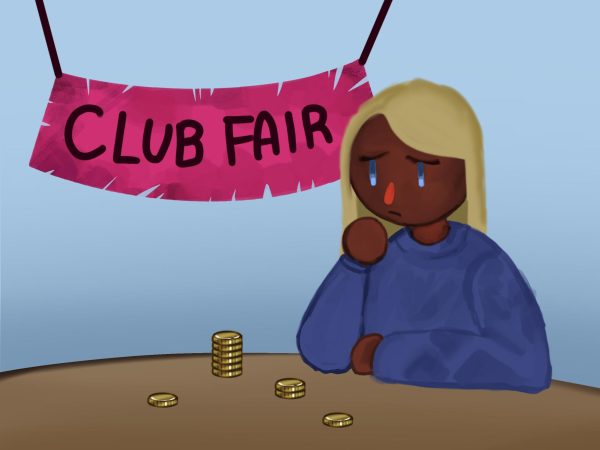

Mitch Fink • Jun 5, 2020 at 3:59 PM
Congrats Clara!